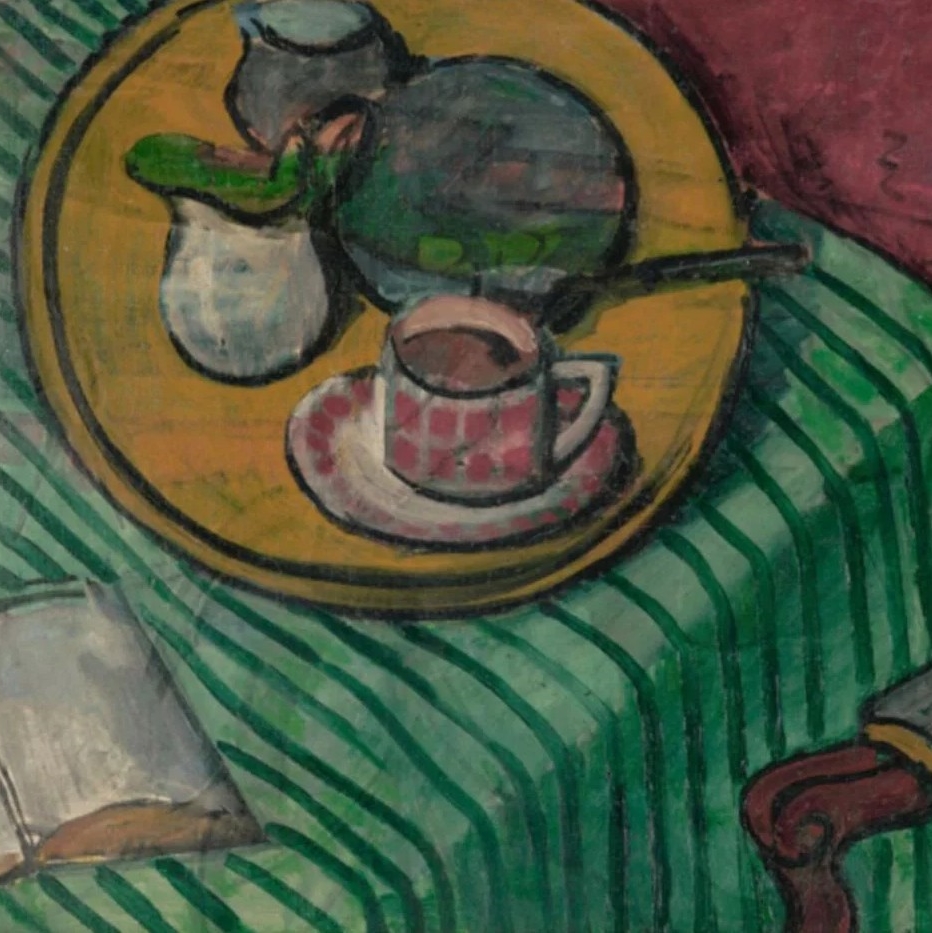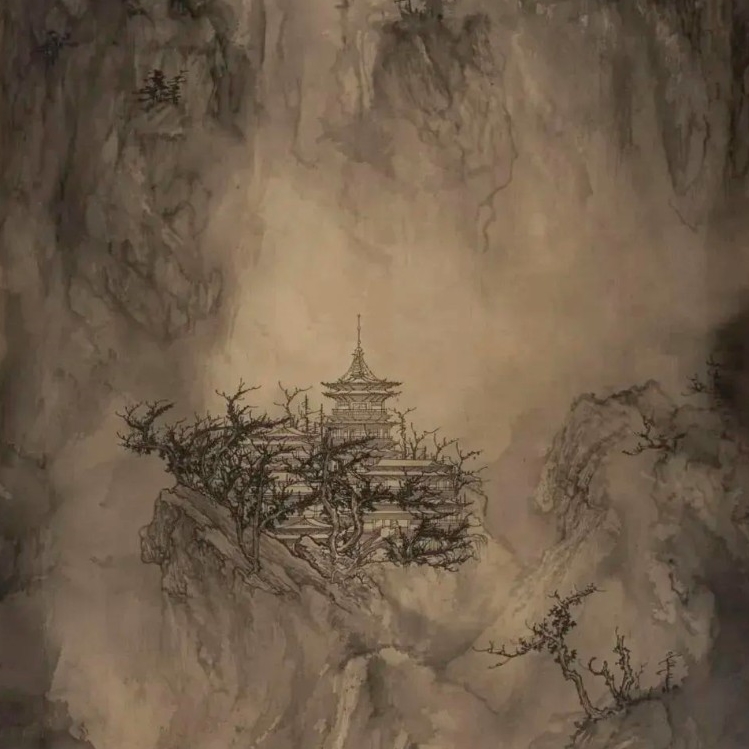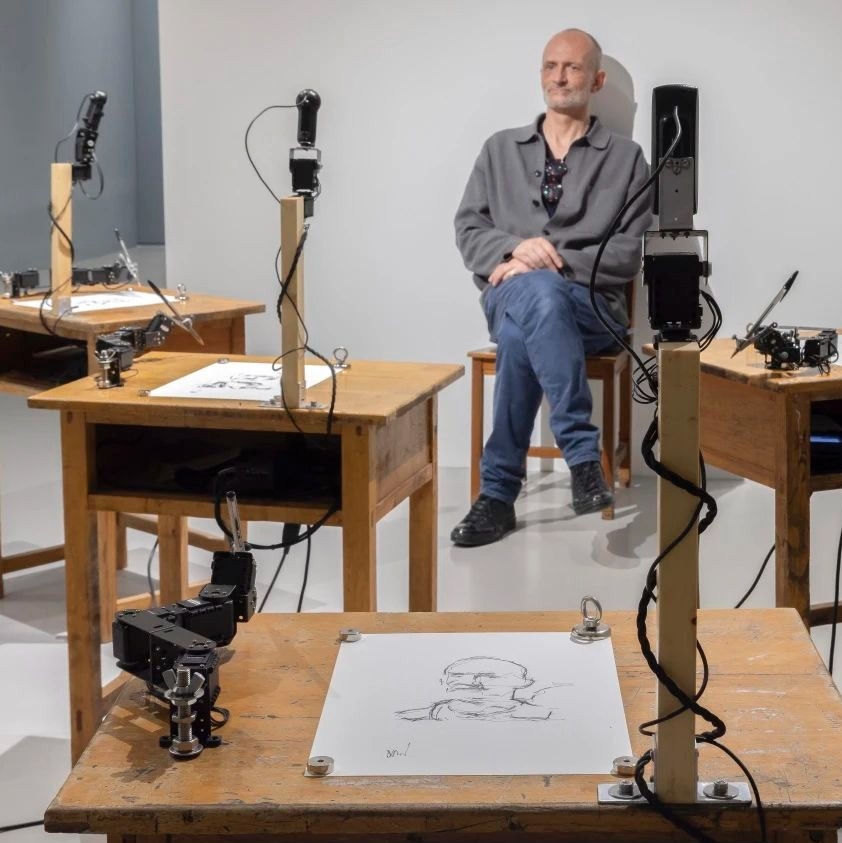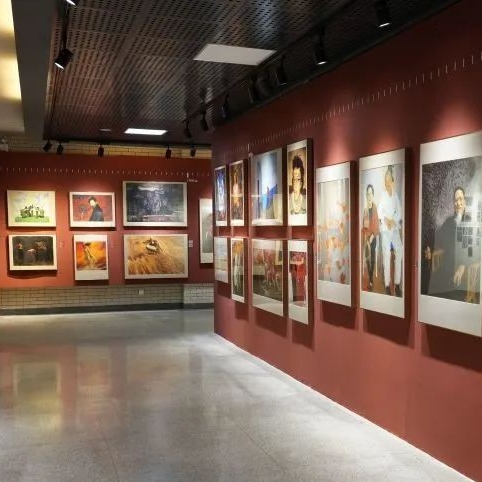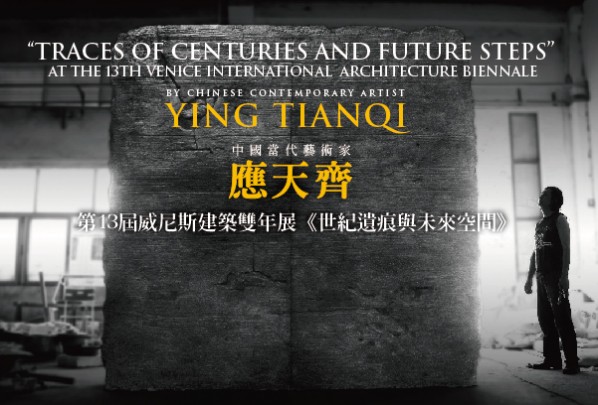
The Venice Biennale (La Biennale di Venezia) – currently presided over by Paolo Baratta – has for over a century been one of the most prestigious cultural institutions in the world, coinciding with two other major worldly art events: Kassel Documenta and the Bienal Internacional de Sao Paulo. In Venice, it organizes international events in the field of the contemporary arts that are amongst the most important of their kind in the world.
While the Venice Biennale takes place once every odd year, Venice International Architecture Biennale, the Architecture section of the Venice Biennale, takes place once every even year. The theme for the 13th Venice International Architecture Biennale, curated by the artistic director David Chipperfield, is “Common Ground.” The Venice Biennale will hold its grand opening on Aug. 29th, 2012, which is on the same day as Venice International Film Festival.
Curated by acclaimed Chinese contemporary art critic—Wang Lin, notable Dutch curators—Karlyn De Jongh and Sarah Gold, and organized by Global Art Affairs Foundation (“GAA”) and Asia Art Center Beijing –“Traces of Centuries and Future Steps” exhibition will be held at the Palazzo Bembo located on the Grand Canal from Aug. 29th to Nov. 29th, 2012, featuring Chinese renowned artist Ying Tianqi’s Traces of Centuries Series pieces (including large installation art piece, audiovisual presentations, mixed media oil paintings, and etc.) and other leading artists’ brilliant works, contributing to an amazing exhibition. Ying Tianqi will also be having inspirational forum discussions with other cutting-edge artists and architects from all over the world.
Ying Tianqi is considered one of the most influential figures in the Chinese art history. His artworks have been widely recognized by the international academia, as he also participated in the 54th Venice Biennale in 2011. This year, Ying Tianqi’s Traces of Centuries Series again outshine others and have been admitted by the audit committee of International Architecture Exhibition of Venice Biennale to join this global art event, becoming the first Chinese artist invited to have his own solo exhibition there. Besides Ying Tianqi’s most recent large installation art projects such as: Vanishing Story, Brick Soul, and Black Room No. 2, he also endeavors to get his messages across through audiovisual presentations as manifested in Self Narration and Mourning Over the Ruins.
[gallery link="file" orderby="title"]
Ying Tianqi, was born in 1949 in Anhui, China. A graduate of the China Central Academy of Fine Arts, he is presently a Professor at Shenzhen University, Adjunct Professor at the Xi’an Academy of Fine Arts, member of Chinese Artists Association, director of Chinese Print Arts and Printmaking Association, and Deputy Director of Print Arts committee of Anhui Province. His early masterpiece Xidi Village Series print has made an unparalleled impact over the image of ancient Xidi Village located in Southern Anhui that it was approved as an U.N. World Heritage site in 2000. Traces of Centuries Series exhibition held at the National Art Museum of China in 2011 was a great success as well, depicting an artist’s vicissitude and his deepest sympathy towards art, architecture, and society. Ying Tianqi’s works point out and question the issues existed in Chinese urbanization process nowadays.
As the Chinese economy has continued its unprecedented streak of impressive growth through the start of this new century, bringing with it accelerated urbanization, China has become the world’s largest scene of site demolition and redevelopment. Architecture has long been a critical mediator in the geosemiotics of Chinese governance, affecting not only the design of structures, but as evincing the evolving conceptions of rights, interests, culture, perspective, and space in the grand social lottery.
The Chinese landscape has been inextricably altered through the amputation of untold numbers of skyscraper projects built atop the ruins of a long history destroyed so the new buildings could arise, but as a result of the original urban dynamics, these modern buildings reflect a contorted alienation of customary lifestyles and culture left in the ruins. That long familiar urban culture has become alien, and the neighborhoods of our youths have disappeared to whereabouts unknown, lingering about, as the irrepressible memories remain but remnants of consciousness among the cognoscenti, reduced to fragmentary representation in the citizen’s nostalgic reminiscence and in the creative works of artists.
As we confront the face of this vast cultural wasteland and wasted culture, Ying Tianqi has been a faithful fighter along the way deploying prodigious talents as a painter and artist, to engage architecture intimately, through works which exquisitely capture the perplexing pangs of this pervasive growth and change in contemporary Chinese culture. Whether in the oil painting works, Xidi Village, or Traces of Centuries, or the redevelopment of the old city of Wuhu, or capturing the daily lives of the original inhabitants, or in performance arts displays, his innovation challenges us to consider: Who are we? Where have we come from? Where are we now? and Where are our memories, desires and aspirations leading us? In this special exhibition from the 2012 Venice International Architectural Biennial, the artist provides an inspired vision in answer to these questions.
Ying Tianqi designed the numerous installations for the space of this exhibition to conform to the Biennial requirements, including audiovisual presentations, and a series of mixed media oil paintings. Among the installations or geometrical presentations, one senses the characteristic rhythm of Chinese urban development; or through a kaleidoscopic magnification to enlarge the works, as a means of highlighting recollection of the fading memories of historical culture, or through alienation of the routine order of the installation site, to evoke a profound awareness of the rigidity of existing authoritarian cultural politics. The audiovisual works do not only faithfully preserve the trajectory of the creative processes, providing narration for the otherwise silenced voice of the inspired artistic spirit, but also permit viewers to engage in progressing from an inquiry into “what is art” to an understanding of “what do the arts do”, through the solicitude of the quiet documentary narrative, as an alien land in an alien nation permits the viewers to encounter the daily living of the common man and their cultural existence and ineffable value, amidst the historical continuity and fragmented reality, revealing the complex dialogue and dialectics affecting the process of Chinese modernization. The artist’s paintings capture a moving sense of surrender, homage, and reminiscence, which thoroughly invade all of the other works also. China is steadfastly and unswervingly committed to an unavoidable path to modernization, but in this process, the Chinese peoples and their cultures must not forget Hegel’s challenge to recall that “It is a matter of perfect indifference where a thing originated; the only question is: "Is it true in and for itself?"”, as a critical mandate indeed. And it is through awareness of this profound question that the artist encounters the modernity predicament, searching for the elusive common ground of interconnection amidst the labyrinthian evolution affecting us all.
It is precisely in this spirit that the exhibition appears at Venice, and these inspiring works of Ying Tianqi will no doubt impress every visitor and art lovers.
About the Exhibition
Curator: Wang Lin (Chinese Contemporary Art Critic); Karlyn De Jongh & Sarah Gold (Notable Dutch Curators)
Date: 2012-08-29 ~ 2012-11-25
Opening: 2012-08-27 ~ 08-28
Venue: Palazzo Bembo, Venice
Artist:Ying Tianqi


